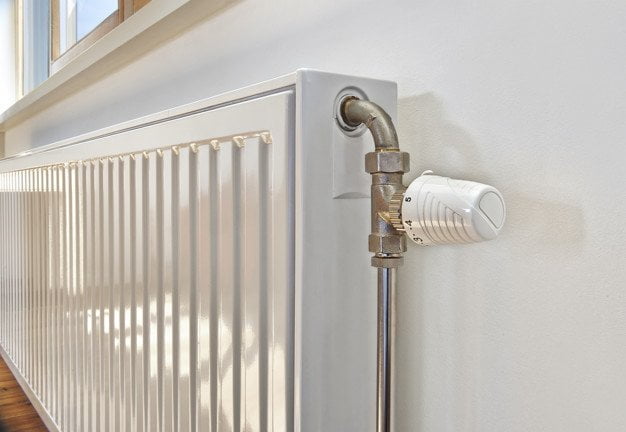Do You Know the Roles of These 5 Types of Radiators?
by Mashum Mollah Technology Published on: 03 October 2019 Last Updated on: 16 November 2019

Radiators are used to transfer thermal energy for heating or cooling automobiles, buildings, and electronic devices. Although a radiator always produces heat, some radiators are used to heat indoor environments, while others are used to cool car engines. Read on to find out about five different types of radiators and their applications.
Do You Know the Roles of These 5 Types of Radiators:
1. Tubular Radiators:
Tubular radiators are one of the most common products produced by Radiator Manufacturing Companies. feature upper and lower water tanks connected by tubes. These tubes feature fins used to facilitate heat transfer. As air passes between the fins around the outside of the tubes, it absorbs heat from the water.
The technology used in tubular radiators makes them perfect for everything from heating rooms to cooling water or radiator fluid. They’re commonly found in residential heating systems, curing ovens, and dehumidification systems. A slight variation on the tubular radiator, known as a tubular air heater, is used in convection ovens.
2. Honeycomb Radiators:
Also known as cellular type core radiators, honeycomb radiators feature cores made up of individual air cells surrounded by water. Air passes through the tubes in these cells, while water flows in the spaces between the cells.
One advantage of honeycomb radiators over tubular radiators is that while clogs in the lines will still reduce their performance, honeycomb radiators won’t stop working completely because of one clog. Some vehicle manufacturers use radiators modeled on this traditional form.
3. Aluminum Radiators:
Most car radiators are made of aluminum and plastic. They typically feature two tanks, found on each side of the radiator and used to hold transmission coolant. Aluminum radiators have inlet and outlet ports to route the coolant through the system and use a tubular design mounted in a parallel arrangement. They also have electric fans. These fans cool the air, which can then extract heat from the coolant to cool it off before it’s reintroduced into the engine.
4. Copper and Brass Radiators:
Before manufacturers started using aluminum to produce radiators, most of them used copper and brass. These more traditional radiators feature copper cores and brass tanks.
Copper has better thermal conductivity than aluminum, but it’s heavier and more expensive. For home heating applications, the weight of the metal doesn’t really matter. Some property owners still prefer more traditional copper and brass radiators to aluminum models thanks to their increased efficiency and their unique visual appeal.
5. Steel Radiators:
Like copper, steel is a better thermal conductor than aluminum. It’s also highly durable and unlike copper, high-grade steel does not corrode over time when in contact with water. Steel radiators are often used for central heating because steel retains its heat for longer than other metals even after these systems have been turned off, helping property owners save on energy costs. Just keep in mind that low-quality grades of steel can rust over time, so it’s important to work with a manufacturer who pays careful attention to the quality of the company’s source materials.
The Bottom Line:
All five types of radiators described above follow the same basic principles and serve the same basic purpose. They transfer heat using water or specialized automotive fluid from one area of a home or car into another. Radiators can be used for either heating or cooling depending on their design, and they can be made of many types of metal.
The most important factor when choosing a radiator isn’t what it’s made of, but who manufactured it. No matter what their intended uses are, make sure to source radiators from a reliable supplier.
Read Also:







































































































